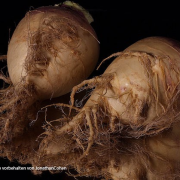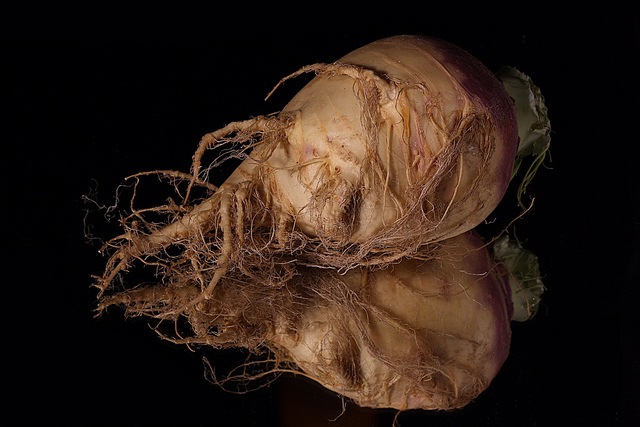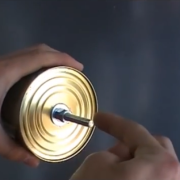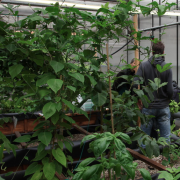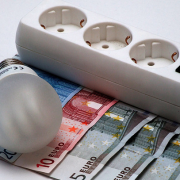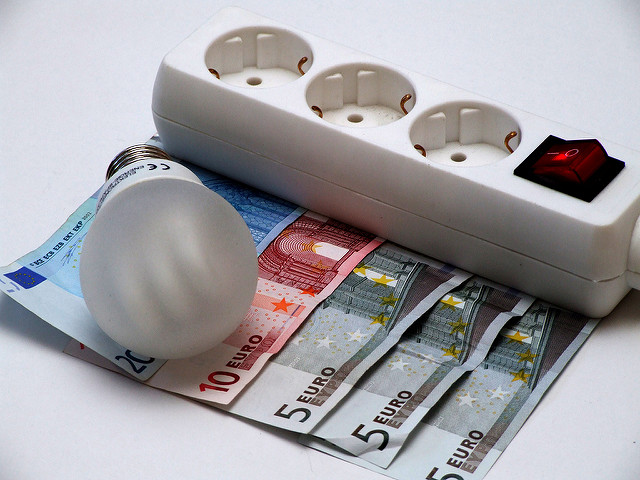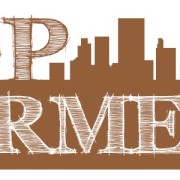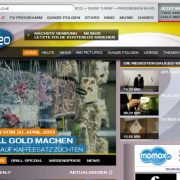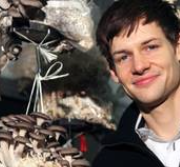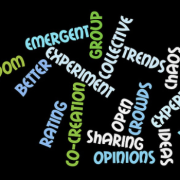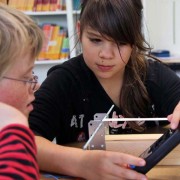Don’t judge a fruit by its cover !
Background:
One of the core principle of the Blue Economy is to use the resources already available. Even though waste can be transformed into valuable products and innovations, avoiding excessive stream of waste, money and labor is the easiest step towards an optimum future.
One enormous source of waste all over the world is food waste. Food waste is a trending issue at the moments and many initiatives are currently undertaken, proof is: 2014 has been declared the European year against food waste.
In Europe about 90 million tonnes of food is wasted annually according to statistics from the European Commission. And about 40% of the food waste occurs at retail and consumer level, food is wasted throughout the whole food chain - from farmers to consumers.
This has many harmful results, obviously it is a great source of waste but also of greenhouse gases emissions: the unused fruits and vegetables are let to rot in landfills where they produce methane. In order to grow the vegetables, scare water and land resources are used for produce that will end up in landfills. Tackling the waste food issue could also be part of the answer on how to deal with a quickly growing world population. According to Tristam Stuart, an influential author on the subject, all the world’s nearly one billion hungry people could be lifted out of malnourishment just by using this wasted food.
There are many causes to food waste, but one of them is due to what is called « ugly » fruits and vegetables. These misshapen, blemished or bruised produces account for half of the previously stated 40% of food wasted.
First of all some of the food is wasted at the amount of the food chain, with products not even reaching the market.
In Europe, standards to sell fruits and vegetables exist. Those standards do not take into account the taste or the nutritional value, but are based on aesthetics criteria such as size, shape and skin finish Some of these standards have been largely mocked and criticised, such as the rule of banana which forbid bananas that were over-bendy or too straight.
This led to a relaxation of the Europeans standards in 2009 for 26 products, but 10 of the most popular fruits and vegetables such as tomatoes, apples, lettuces and strawberries are still subjected to these standards. But these are not the only norms applying and the overwhelming majority of professionals still apply norms drawn up by United Nations body Unece. These specify for instance that brown stains on a apricot shouldn’t exceed 15 percent of its surface. And a zucchini has to be at least 7 centimeters long, as well as „free of cavities and splits“.
Those aesthetics standards have two main consequences: produces that do not fit the standards are not even harvested by the farmers, since they know that they won’t sell them. Or produces are discarded by the supermarkets, who also fix certain standards of their own; individual chains require suppliers to meet stringent cosmetic standards.
Even though some of this rejected food is sent for processing or to feed animals, not all of it is accepted by the processors. Even them have standards and could, for instance, reject bend-shaped cucumbers, and not every vegetable can make it into processed food. Another solution would be to feed pigs with catering and home waste, but it has been forbidden across the European Union in 2003. Finally, it has been shown that consumers don’t buy the ugly vegetables, the misshapen might get sold but not the ones withes holes and bruises.
Potential
Many initiatives are currently undertaken to change the consumer’s and market’s behavior.
Less-than-perfect looking fruits and vegetables are gradually sold in supermarkets. The movement started in 2012 in the UK with big chains such as Tesco and Waitrose proposing misshapen produce at a really advantageous price. Sainsbury also did it in 2012 because it was a bad crop year for farmers. But since the weather was better in 2013, they did not reiterate.
In 2013 German supermarkets took over and Edeka and its discount branch Netto started selling ugly vegetables for a reduced price branded as “nobody is perfect”. Coop, the Swiss market leader did the same, calling them “Unique” and in Austria, Rewe has a line called “Wunderling”.
Even though we don’t always find those produces onto the shelves, those initiatives show the beginning of a change in the attitudes.
“Ugly fruit” is a campaign imagined by three german students of the University of Weimar (Giacomo Blume, 25, Moritz Glück, 29 and Daniel Plath, 26), it is aimed at getting those produce back into German household.
In addition to visual campaigns showing misshaped fruits and vegetables associated to suggestive slogans they also imagined « ugly fruits » supermarket: « stores that would focus exclusively on selling produce rejected by other chains ». Their project had$ a lot of attentions, and they already attracted proposals from potential partners and e-mails from future customers enquiring when the shop could be open.
They also thought about selling the deformed produce from the back of a garbage trucks at various local farmer’s market in order to shock Germans and to push them into rethinking their consumers habits. One of their argument was that it is not only sustainable but it also is a business opportunity to make profit out of this otherwise wasted food.
Culinary misfits is a Berlin based catering business that aims to turn ugly vegetables into gourmet meals and work of art-like pieces. « the company’s mission is to save misshapen produce by showing customer’s that they are an attractive choice.” It began as a crowd funding project, and now they are doing catering but are planning to open soon their own place in Kreuzberg. Additionally, it should be noted that it’s a good idea to use those kind of bruised veggies and fruits in restaurants, because most of them won’t be used whole anyways.
Other initiatives such as Feed the 5000 organise events with food that would otherwise have been wasted. It is A UK national gleaning network whose members harvest misshapen produce and donate it to charity. It also is a campaign that aims to empower and inspire the global community to enact positive solutions to the global issue of food waste. They hold events where 5000 members of the public are given a free lunch using only ingredients that otherwise would have been wasted. Those events have been held in London, but also internationally - including in Paris, Amsterdam and Dublin.
Do it yourself:
As a customer an easy step towards reducing food waste would simply consist in not picking the best looking fruits and vegetables at the supermarkets, to buy the misshapen produces when they are available and to support the aforementioned initiatives aiming at raising the awareness towards those produce and making consumers to accept them.
Useful links: to go further:
Food Waste:
-
documentary http://www.thinkeatsave.org
-
Book: Tristram Stuart Waste: Uncovering the Global Food Scandal and his Ted Talk https://www.ted.com/talks/tristram_stuart_the_global_food_waste_scandal#t-611449
-
Ugly fruits http://www.uglyfruits.eu/
-
Culinary misfits : http://www.culinarymisfits.de/ and http://www.startnext.de/culinarymisfits
-
Feeding the 5k: http://www.feeding5k.org/about.php#sthash.czaEjKNI.dpuf

